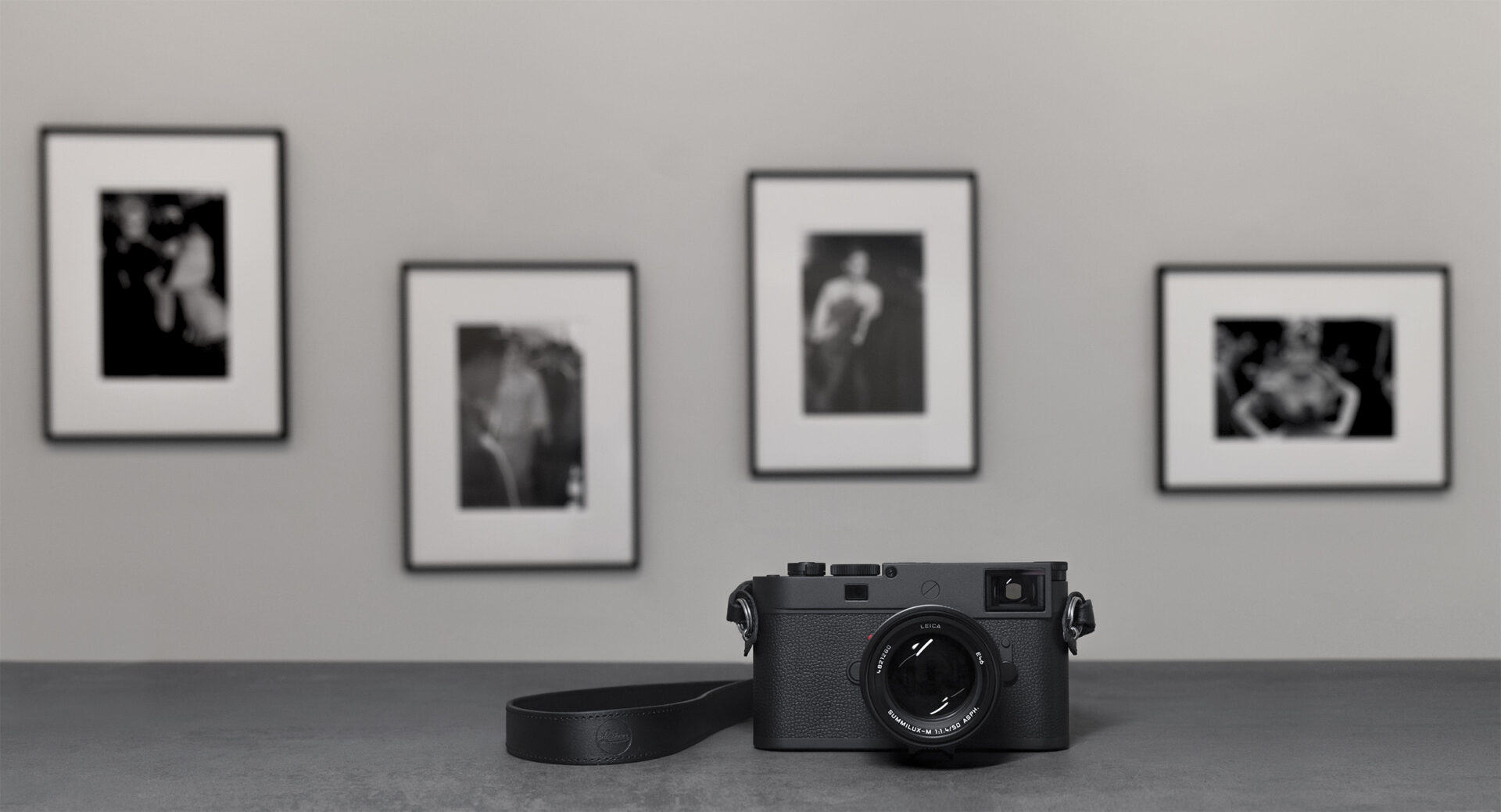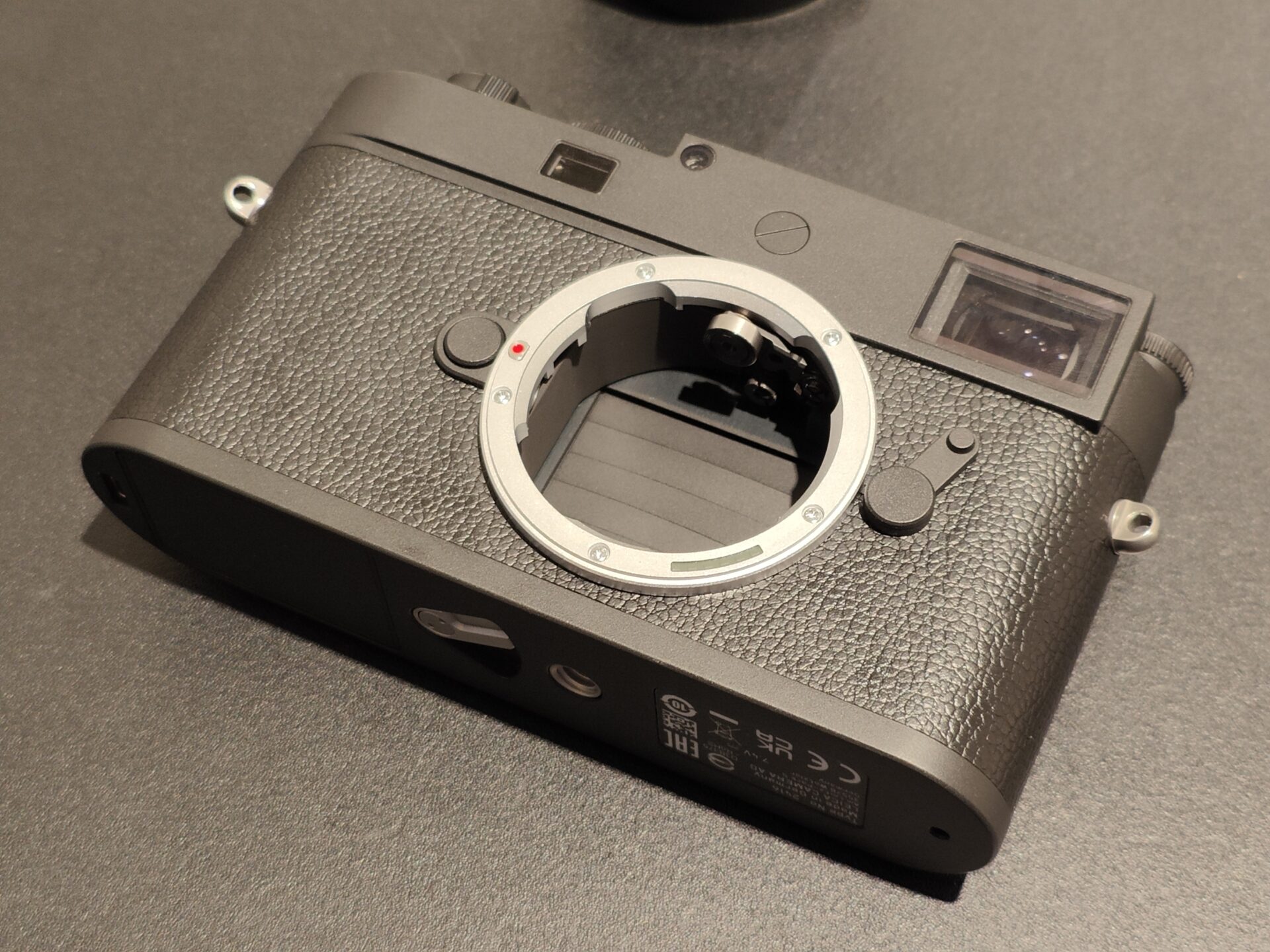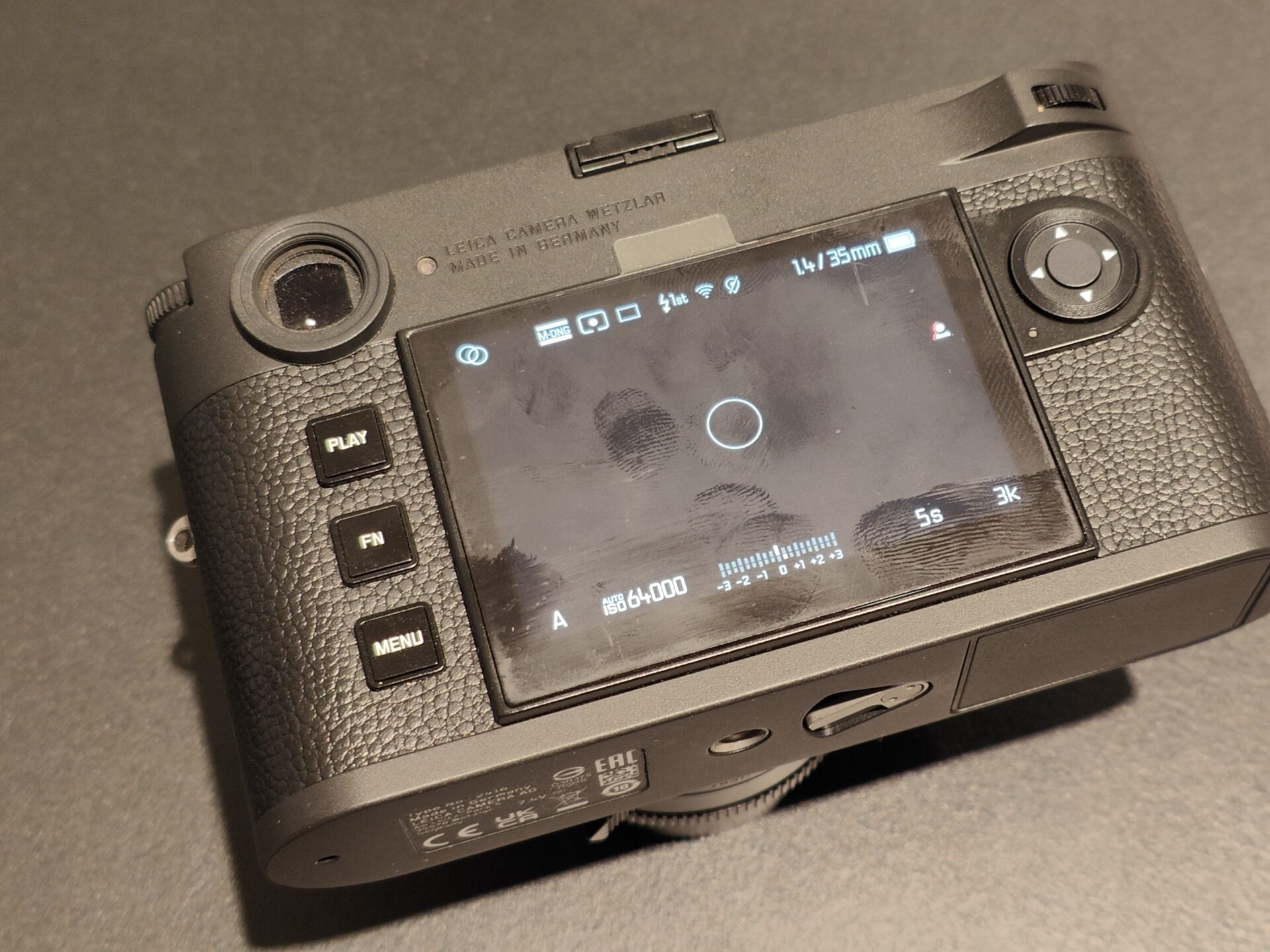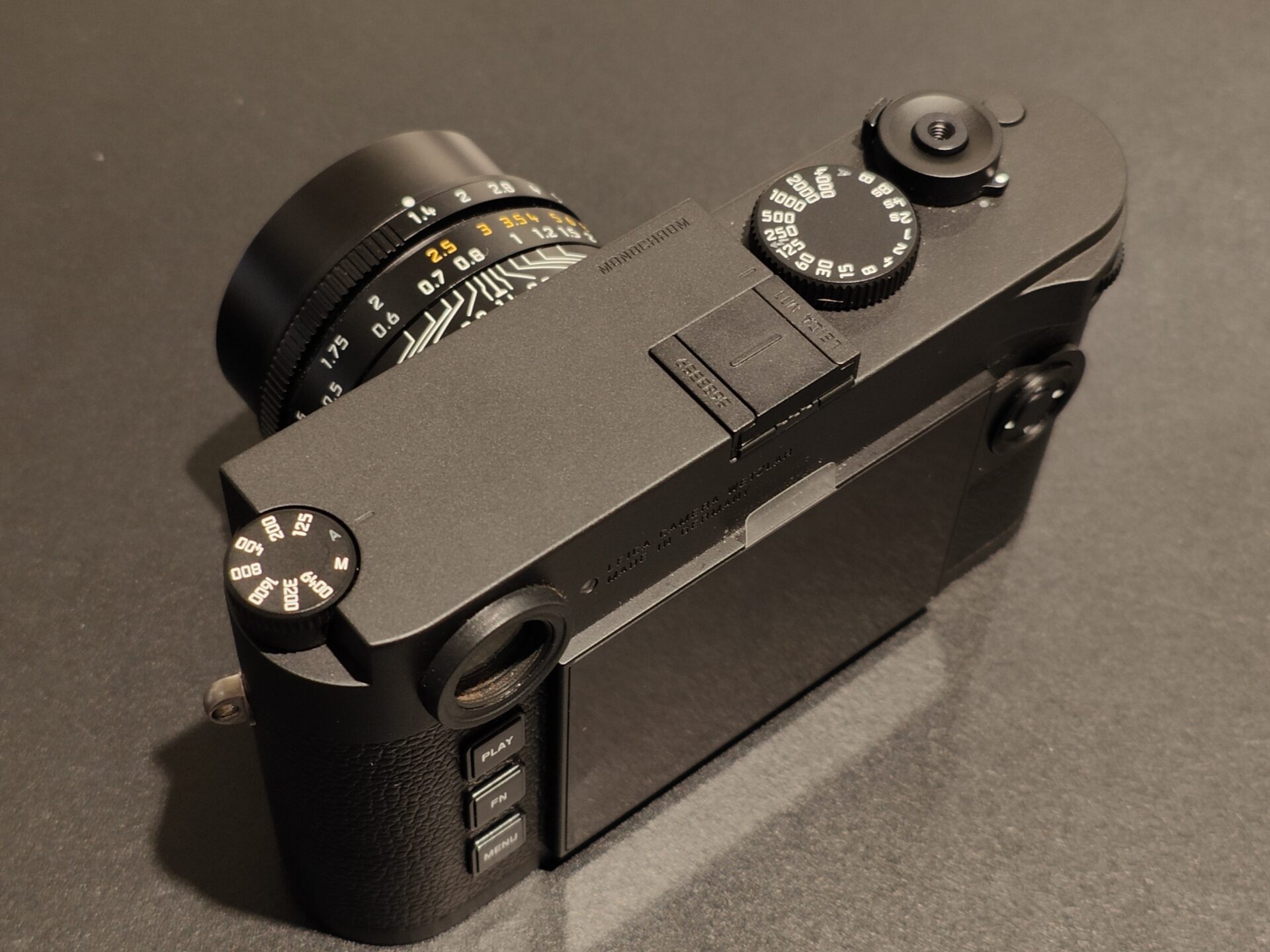At a time when camera makers are packing in larger sensors and more megapixels, the new Leica M11 Monochrom not only goes against the grain but upends the order of things by shooting only black-and-white photos.
The latest in the Leica Rangefinger series, the new camera comes with only a black-and-white sensor and doesn’t record any colour photos at all. Its promise: You’ll get some of the best monochrome shots.

To be sure, the M11 Monochrom is not the first camera with such a unique feature. Leica’s M9 Monochrom, launched 10 years ago, was another camera that went against the norm.
Then again, Leica isn’t “normal” in many ways. The storied German camera maker often thinks out of the box when it comes to smartphone mobile imaging.
It was the first to utilise colour and monochrome sensors to create better digital images through computational photography in the Huawei P9, for example.
That legacy of breaking new ground has now led to the M11 Monochrom. When everyone is doing colour, going black-and-white is what makes you stand out.
Inside the new camera’s metal body is a 60-megapixel monochrome BSI CMOS sensor that can save your photos as both DNG and JPEG files. If you’re looking for colour photos, sorry.
Interestingly, there is 3GB built-in memory space for those emergencies when you forget an SD card. In this mode, the camera can do a limited 15 shots, but that is better than no pictures.
The new camera is familiar and yet different. Even the famous red livery on the Leica logo is not here. This camera means business.
Certainly, the M11 Monochrom looks sleek and modern with a full metal body of high-quality aluminium. The screen is made with sapphire glass that sports a scratch-resistant finish.
Do note, however, that the camera has no grip. A half-body leather case is useful if you’re worried about slippery palms and dropping the camera.

On the camera, there are just wheels, dials, three buttons and a four-way selector at the back; The Zen-like simplicity is a contrast to many modern mirrorless cameras that are saddled with more controls than necessary.
That sense of simplicity continues when you look through the viewfinder and try focusing using the rangefinder mechanism. The camera feels different.
Unlike similar-looking cameras, such as the Fujifilm X100, which uses digital focusing methods, the M11 slows down that process by working its mirrors to show the user two images. When the two images are aligned, the camera has achieved focus.

This method of focusing seems archaic to the modern mind, but that is what the M11 Monochrom aims to achieve. For its fans, this is also what differentiates Leica from others – taking a photo is a lot more involving than just pointing and shooting.
The camera forces you to slow down and enjoy capturing a slice of life, from manually twisting the aperture ring, choosing the ISO on the dial, focusing slowly using the lens’s focus ring, and waiting for the moment to press the shutter.
Being slow does not mean the camera is out of touch with the modern world. The M11 Monochrom has a Leica Fotos app to download images from the camera using Wi-Fi. From here, you share the photo via your phone.
And like any other digital camera, you can tether the camera to a bigger screen to get a better view. So, yes, there are modern conveniences to be had.

Unfortunately, the Leica camera I tried out recently at a media event in Singapore was not the final production unit. Plus, I had limited time to take the shots I would have liked to take with this unique camera.
So, I’m holding my opinion of the image quality until I manage to get more time with the camera to try it out more thoroughly.
Clearly, with a hefty price tag of S$13,470 (and that’s without a lens), the M11 Monochrom is only some people’s cup of tea – or even expensive brandy.
That said, what Leica is trying to sell is not a tool but an experience. At least, the M11 Monochrom comes with some modern conveniences, which might appeal to users ready to splash the cash for a bit of the magic of taking photos like in the old days.






